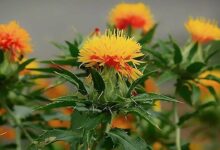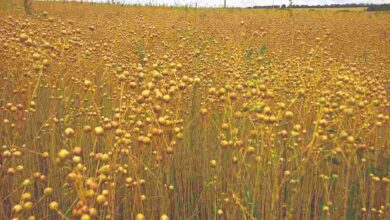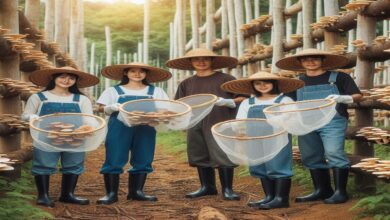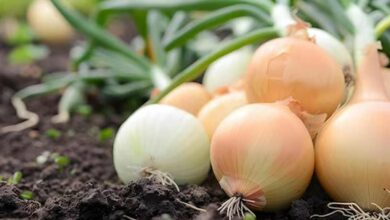Guava Cultivation: Follow these tips for guava cultivation, fruits will appear on every branch
Guava Cultivation: Farmers in Farrukhabad, Uttar Pradesh, are finding drip irrigation to be quite beneficial. because it might be difficult to raise vegetable crops in the winter. This is accompanied by a rise in illness outbreaks. The Farrukhabad farmer, troubled by all of these worries, began working by buying the required equipment from the market after learning the drip irrigation technique on YouTube.
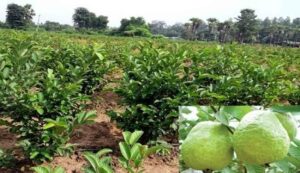
In the district’s water-scarce regions, this approach works very well. Additionally, the plants are receiving water-soluble organic fertilizer via this method. Farmers also claim that this results in bumper crop yield and water savings.
How to prevent illnesses in Guava fruits
A farmer from Narayanpur Gadhiya in Farrukhabad claims that in the past, like other farmers, he used to irrigate the fields in a flat fashion, which caused the plants to start spoiling because of the increasing moisture in the field from too much water. This was accompanied by a rise in fruit and flower disease outbreaks. As a result, the yield was also impacted.
As a result, farmers must use costly herbicides to eradicate weeds from the land. Farmers were forced to pay more as a result. Vegetable prices were also low when the same harvest was offered for sale on the market.
Understand how the drip irrigation technique works.
This drip irrigation technique uses a tiny pipe to gradually supply water drop by drop to the crop roots. Even though this drip technique has been used in many nations, the district’s farmers are now aware of it as well. At the same time, there is less evaporation on the soil because of drip irrigation. As a result, illnesses and water loss are less severe.
Recognize the advantages of drip irrigation.
Drip irrigation offers numerous benefits over conventional irrigation in the modern day. It uses up to 95% less water, which makes the soil more productive while also increasing fertility. The field’s weeds are likewise controlled by this. Less moisture keeps the soil healthy, which prevents fungus from growing in the field. This technique works well for sandy farming as well as in steep and salty soils.
They are irrigated crops.
Farmers are using drip irrigation to grow more than only bananas in their fields; they are also growing cucumber, gourd, melon, onion, pumpkin, cabbage, ladyfinger, potato, peanuts, cotton, sugarcane, rose, jasmine, lemon, orange, papaya, and guava.
